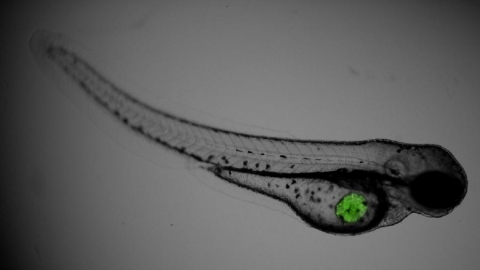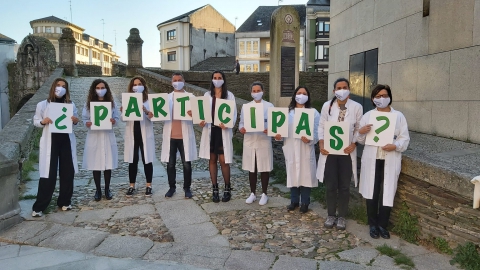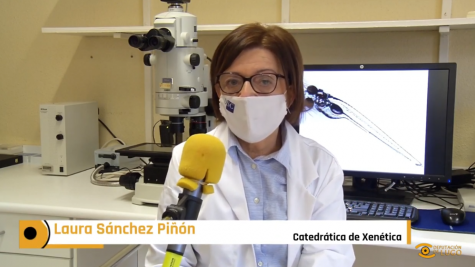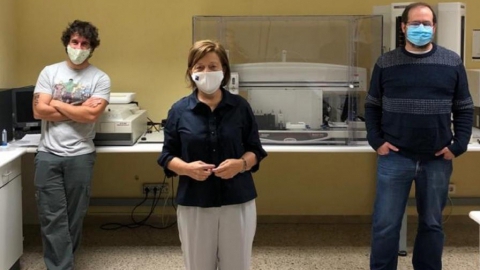Congenital Disorders of Glycosylation (CDG) are a family of serious rare diseases, with a high complexity due to the variety of affected tissues and organs. They generally involve the central nervous system, the musculoskeletal, immune, digestive and endocrine systems, and coagulation. More than 150 different diseases are known within the CDG syndrome, which can show a variety of phenotypes (set of observable features in an organism). Approximately 170 patients have been registered in Spain, but most probably the real figure is much higher. For rare diseases, each patient is unique and requires a personalized treatment.
One “ultra-rare” variant, from which only 18 cases are described world-wide, is associated to a recessive mutation on gen RFT1. The majority of patients with this mutation demise prematurely or carry severe sympthoms such as psycomotor problems, epilepsy, hearing loss and digestive disorders.
One of the major constraints in the pursuit of the genes responsible for these rare diseases is the functional check, meaning the confirmation that certain changes lead to a certain disease. In the meanwhile, animal models are an useful tool for determining if one variant affects some process or functions related to a disease. Models are also an excellent tool for investigating the mechanism that triggers the disease, and for exploring possible treatments.
Zebrafish (Danio rerio) has proven to be essential for biomedical investigation as a model organism since, despite seemingly being too phylogenetically different from humans, there is a substantial homology with the human genome. Up to 85% of the genes that can induce diseases in humans are preserved in the zebrafish. Also, developing zebrafish models for studying genetic diseases is relatively easy. When the mutation associated to a certain disease is identified, it is possible to replicate it in the zebrafish, observe the associated symptoms, and determine the affected organs and systems through microscopic and molecular studies.
What is our goal?
Provided this, the main goal of our project is to develop, through CRISPR-Cas9 genetical edition technology, a zebrafish model useful for the study of “ultra-rare” diseases with extremely limited number of patients, for which the capability of a mutation to induce a disease needs confirmation. For such, a CDG subtype associated to a mutation in the RFT1 gene. From this point, a model will be available for studying the potential triggering factors, histologic, metabolic or physiological changes, and for testing specific treatments.
Only one patient with this mutation is known in Spain: Pelayo, a small two-year old superheroe who fights for carrying on and hopes for a small genetically modified fish to bring light to this disease and contribute to the pursuit of a treatment for affected children. This is not science-fiction! Several rare diseases have found a cure through similar strategies.
Who will benefit from our project?
This working methodology will be applicable to studying other CDG variants and other rare diseases. Research in this field will contribute to shed light on the fundamental mechanisms of glycosilation, which can also widely help to progress in the understanding of other common pathologies such as autoimmune diseases or cancer, among others.
Pelayo would also benefit, as the only known patient with this “ultra-rare” variant in Spainfighting for carry on at 2 years old, and other kids with the same disease.
Link to the project:
https://www.precipita.es/proyectos/Pelayo-y-el-pez-cebra-ayudan-en-la-investigacion-de-las-enfermedades-raras--/en










